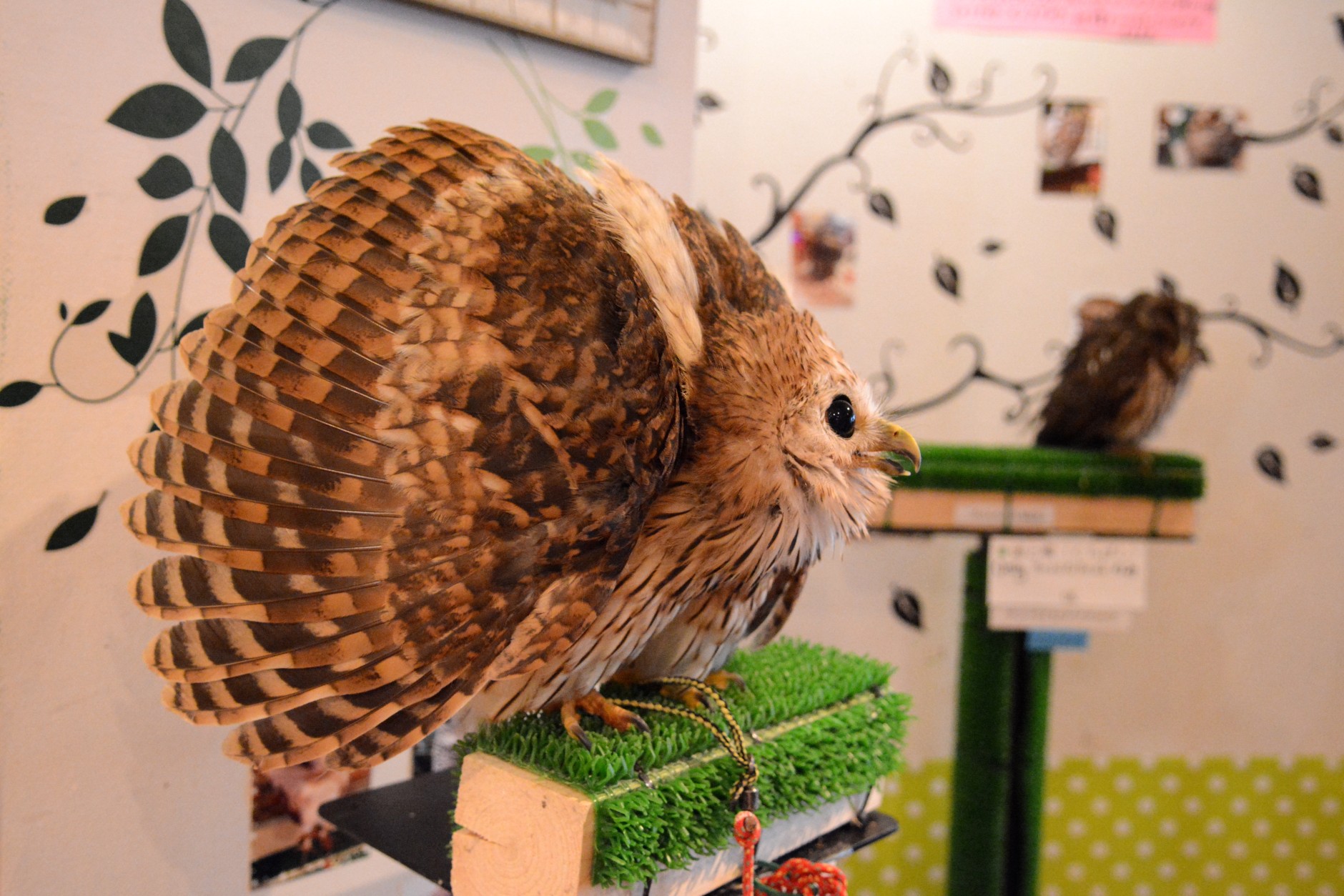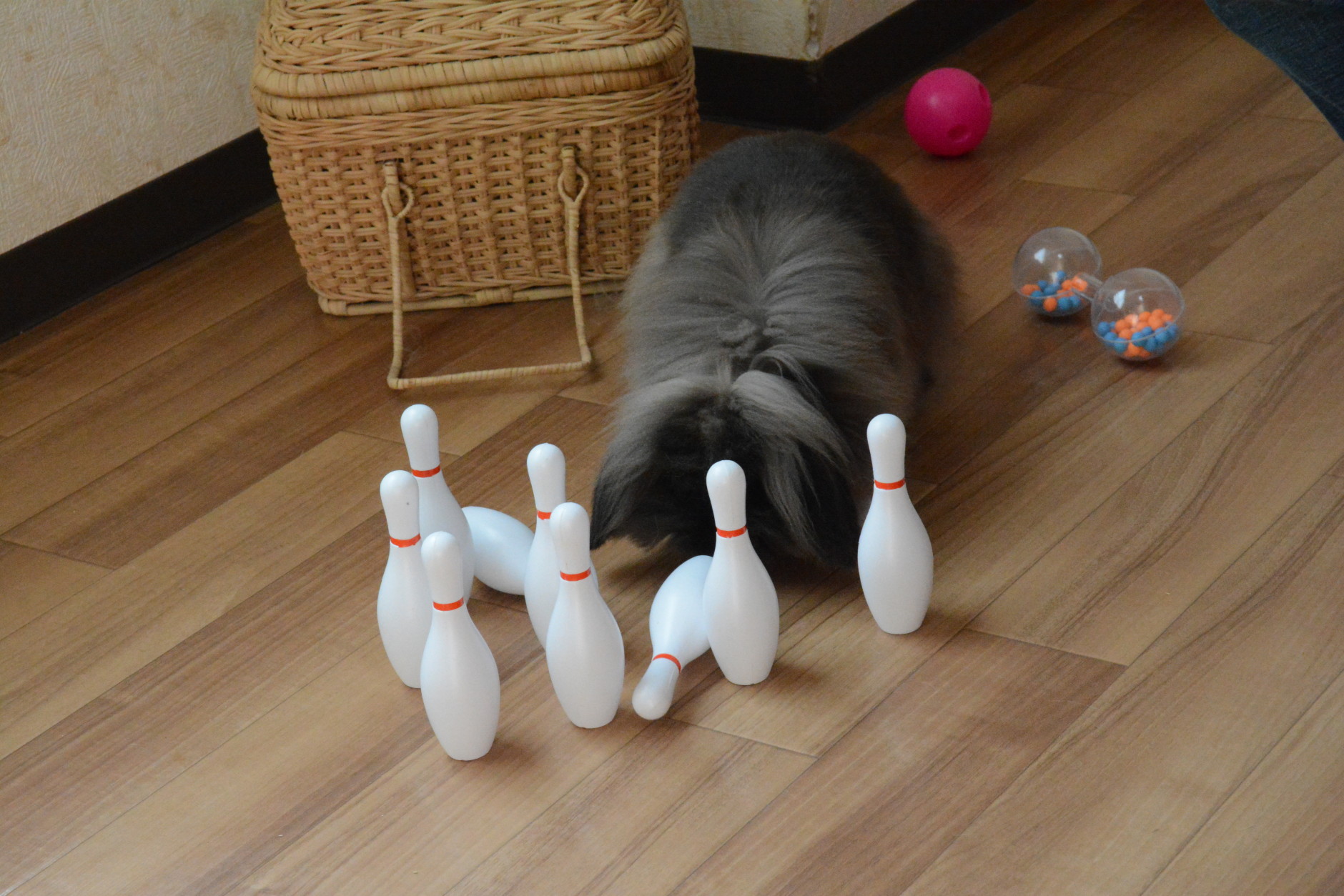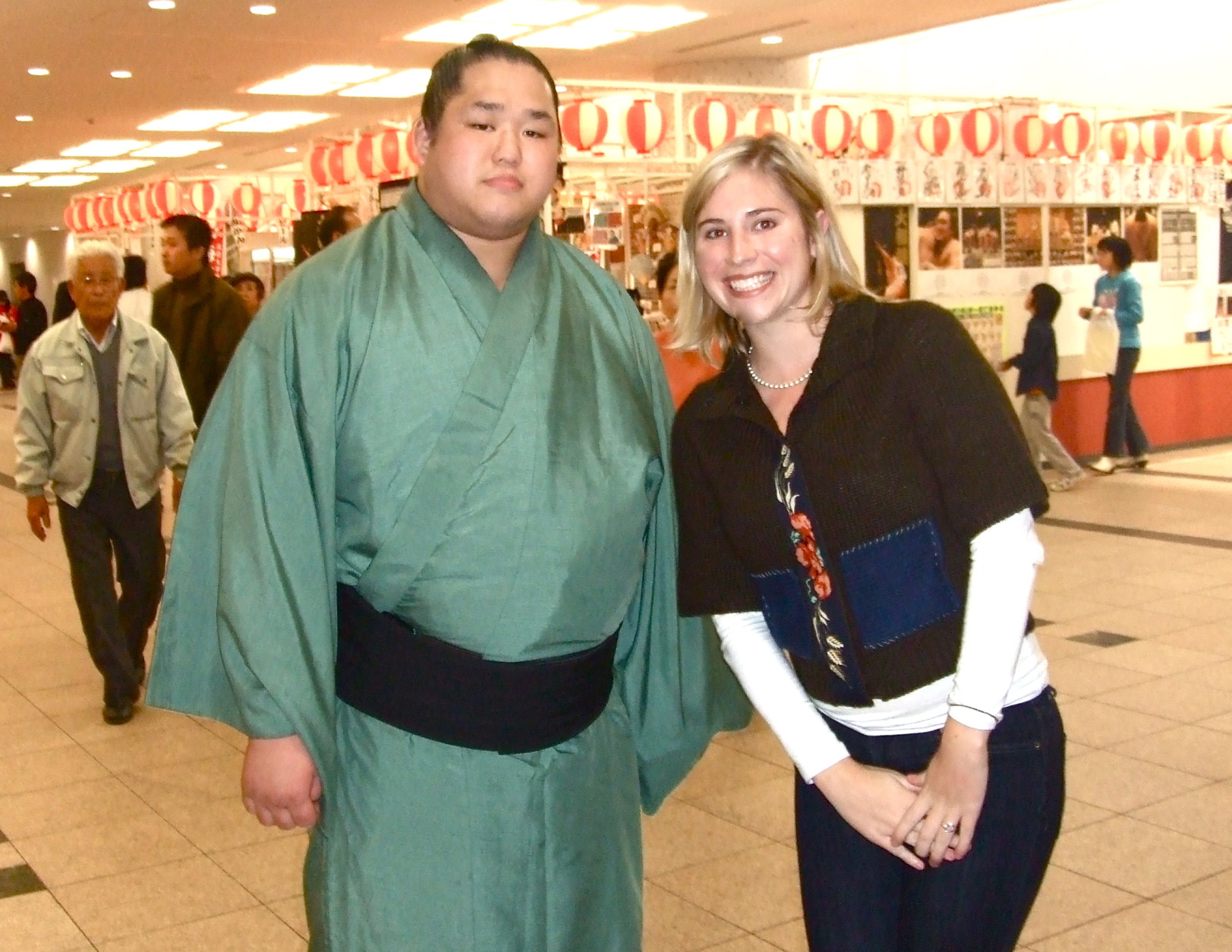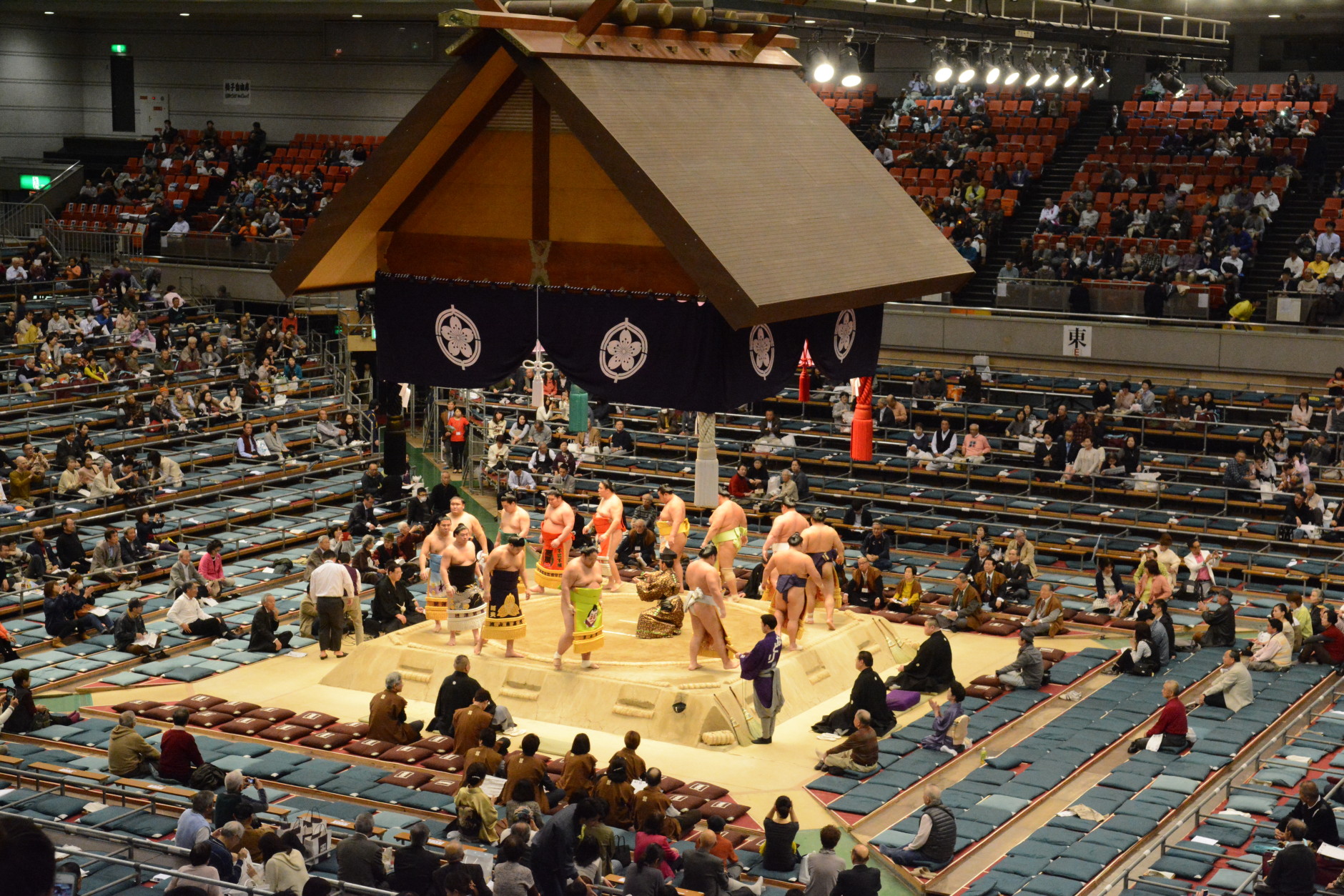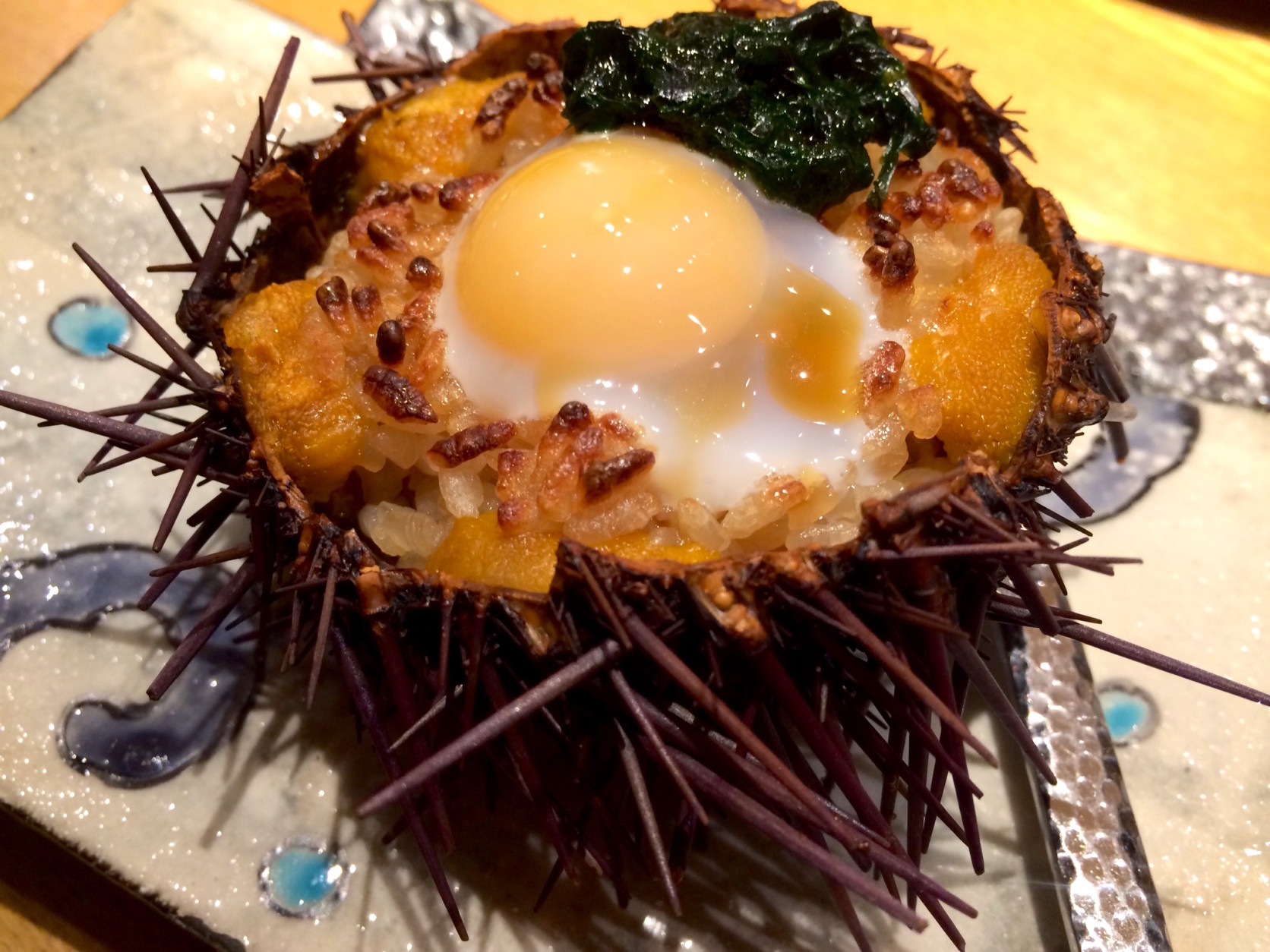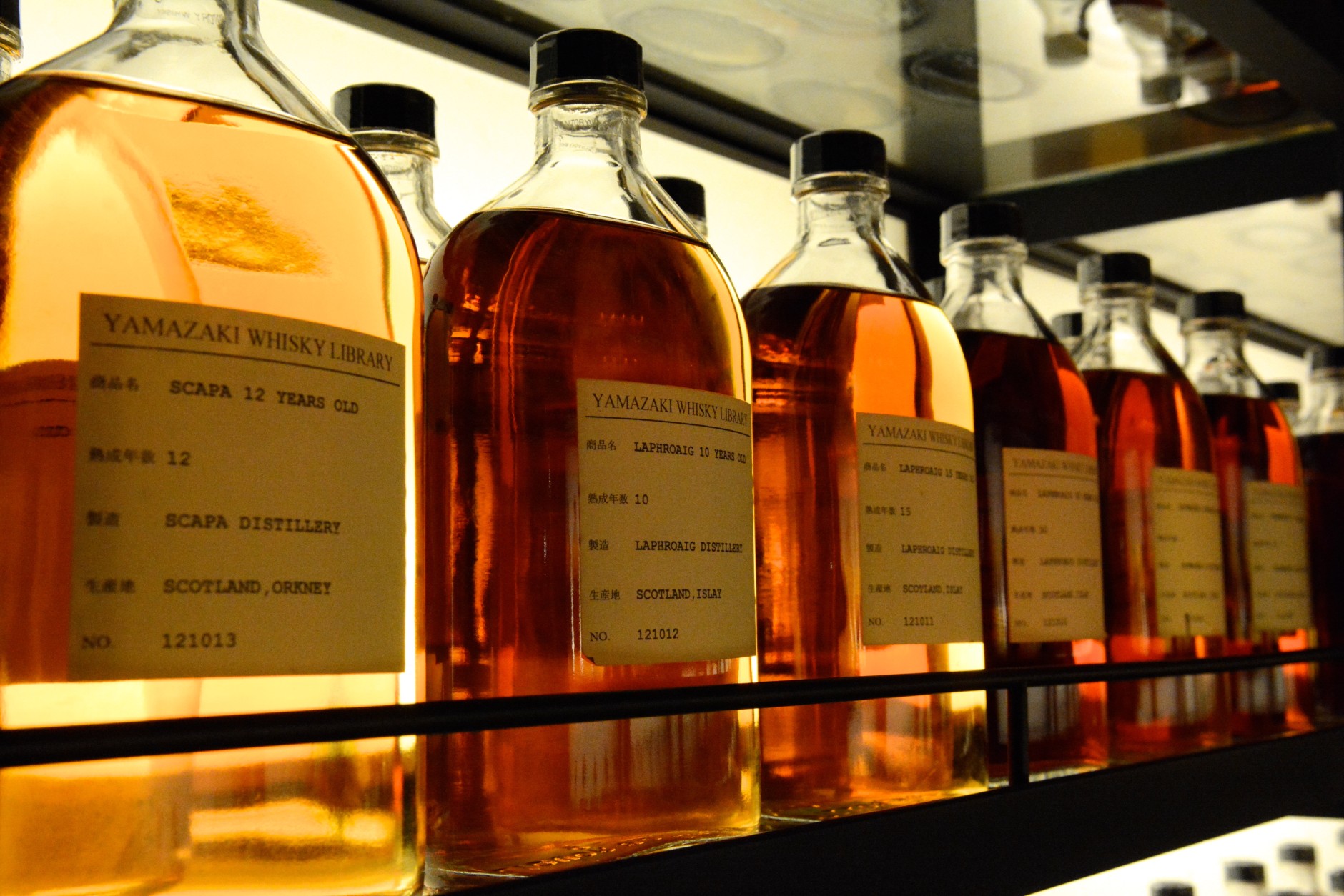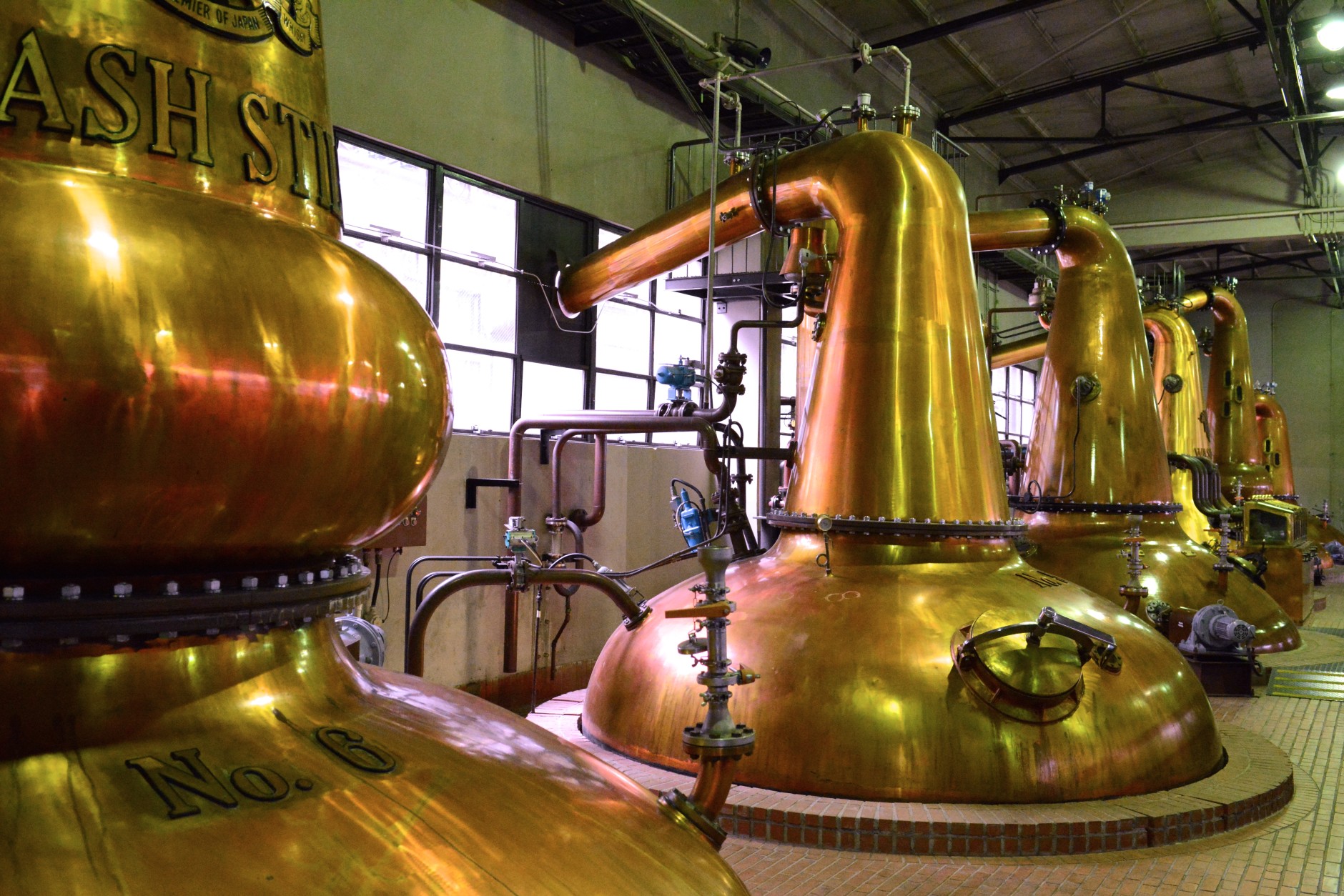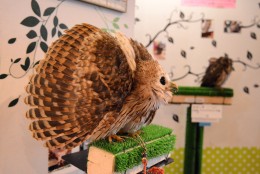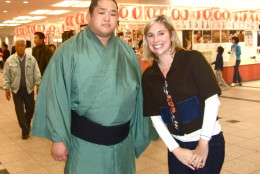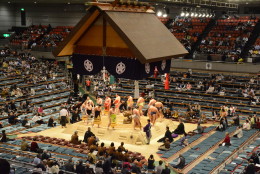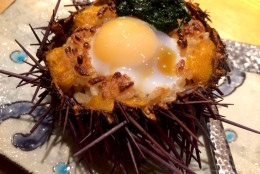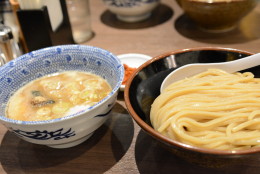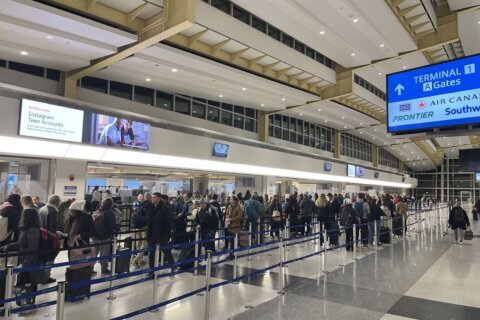WASHINGTON — If you’re making travel plans for this summer and seeking an adventure as rich in culture as it is in flavor, Japan is one destination that shouldn’t be overlooked.
Food and travel writer Laura Hayes, editor of Dining Bisnow, recently traveled back to the country she used to call home. Now, she’s recommending the best places to visit and the best dishes to taste.
When traveling to Japan, Hayes says it’s best to take as much time as possible to explore the country; she recommends taking anywhere from 10 days to two weeks at a minimum.
“A week is just shocking to your system,” says Hayes, who adds that the flight from D.C. is around 14 hours. “The regional differences … they’re just so different and they all deserve some attention.”
Getting to Japan from D.C. is easy, but once you’re there, getting around may prove more difficult. Unlike many Central American and European countries, English isn’t commonly spoken. The best way to travel is with some maps, a good attitude and a little help from Google.
“I’m not going to lie; it is really tough, but I think that’s what makes it so special. … Even in a city as cosmopolitan as Tokyo — they do business with the rest of the world — there’s not a lot of English [spoken],” Hayes says.
However, major train stations have a designated employee to help travelers with directions.
“That’s kind of all part of the experience. Everything is an adventure — just getting from Point A to Point B is part of the experience.”
Regions, cities and towns to visit
Japan’s capital city, Tokyo, is a hub for domestic and international transportation, and because of that, Hayes says, it’s a great place for tourists to begin their adventure. In fact, she recommends spending three to four days in the city to get acclimated to the time change and cultural change. It’s also an opportunity to figure out Japan’s train system before heading off into some of the country’s smaller towns.
Kyoto
About an hour south of Japan by rail is Kyoto, a city Hayes refers to as the cultural heart of Japan.
“That’s where you go if you want to walk down side alleys lit by lanterns, maybe get a glimpse of an actual geisha. … It’s where the Kabuki finds its home; it’s where Kaiseki cuisine comes from, which is kind of this vegetarian Buddhist monk food.”
The Katsura River runs through the city, and along it, Hayes says it’s easy to spot women of all ages dressed in traditional yukata, a more casual kimono. “So it’s kind of this mix of the old Japan and new Japan coming together.”
Osaka
Also south of Tokyo, and close to Kyoto, is Osaka, a city Hayes describes as “Tokyo’s dirtier, grittier little brother.” But if you can overlook the grit, your stomach and your taste buds will thank you.
“It has this vibrant Dotonbori district where you’ll find all of the street vendors serving up takoyaki, serving up okonomiyaki.” Karaoke is also a popular evening pastime in Osaka.
And while street food is the city’s big attraction, Hayes says there are plenty of fine-dining opportunities in Osaka — and the restaurants are much more affordable than their counterparts in Tokyo.
On her most recent trip, she had the opportunity to eat at a three-star Michelin restaurant. The meal came to about $150 a person, including beverage pairings. “Versus if I were to try to sneak into a Michelin-star restaurant in Tokyo, it would just be dollar signs for days,” she says.
Kobe
If you don’t get your fill of authentic food in Osaka, Hayes recommends heading to nearby Kobe, a city known for its coveted Kobe beef and numerous sake breweries. She has traveled to Kobe on two separate occasions, and both times, her dining experiences have been nothing short of amazing, noting that the A5-grade wagyu “really melts in your mouth.”
Hakone
An hour outside of busy Tokyo, tourists and residents alike can find peace in the relaxing mountainous town of Hakone, an area known for its spas.
“Spa towns in Japan come to be because they’re located on top of, or have access to, natural hot springs,” says Hayes, who adds that bathing is a very ritualistic and important part of Japanese culture.
“And when I say bathing, I mean groups of strangers getting naked together in public baths — not waking up in your private hotel room and taking a bath, but going through this ritual of getting cleaned up and then entering these beautiful hot springs.”
Going to the springs is a unique Japanese experience, but Hayes cautions it’s not one for the faint of heart.
“Understand that as a foreigner, yes, everybody is going to be looking at you. But if you can get over that, it’s just really special. The water’s just said to have all of these different healing properties, dependent on which area that you’re visiting.”
Want to skip the nudity? There are plenty of other attractions and activities in Hakone, including museums, hiking and boating. Lodging is plentiful; there are hundreds of hotels in the town, ranging from affordable to four-star.
South and north: Kyushu and Hokkaido
The northernmost and southernmost islands of Japan have seen a surge of tourism in recent years. And because they are still new to the tourist circuit, Hayes says, they’re more affordable than the traditional tourist cities.
Kyushu, in the south, is famous for its Hakata-style ramen and its beaches in Kagoshima. It’s also home to the cities of Fukuoka and Nagasaki. Up north, the island of Hokkaido is famous for its seafood and its annual ice festival, which is held every January.
A map of the places mentioned:
Japanese cuisine: Must-do foods
“I think the biggest thing you’ll take home with you after a trip from Japan is that it is so much more than sushi,” Hayes says.
While sushi is a staple in the cuisine, there are plenty of other must-try foods. Luckily, Japan’s restaurants make it easy to accomplish this goal, since most focus on serving just one thing. “There’ll be a ramen restaurant; there’ll be a yakitori restaurant; there’ll be a curry katsu restaurant, so it makes it easy to go down the list and check off everything you want to try,” Hayes says.
And while it’s pretty easy to pop into pubs, called izakayas, or to grab a bite in the food markets, making reservations at more established restaurants can prove tricky. Many don’t have English websites and don’t take reservations online.
Hayes says your best resource is your hotel: Most are more than happy to help with contacting your restaurants of choice and scheduling your reservations.
Ramen
The best thing you can do is get adventurous with ramen, since it’s prepared and served differently all throughout the country. On her most recent trip, Hayes tried tsukemen ramen, a style where the broth is served separately from the noodles.
“And the broth is far more concentrated than a normal ramen. It’s real salty and kind of thick, and you dip your noodles in the stock and you eat them.”
Hayes also suggests diving into some of the country’s other famous noodle variations, including soba and udon. Each restaurant in each region takes a different approach to making its noodles, and all of them take pride in the tradition.
Street Food
As far as street food goes, Hayes says okonomiyaki and takoyaki are the most popular dishes.
Need some more details before you commit to the order? Hayes describes okonomiyaki as a fish and cabbage pancake that’s topped with a brown sauce and Japanese mayonnaise. “It sounds strange, but you’ll be thinking about it for days,” she says.
Takoyaki, on the other hand, are bite-sized balls filled with octopus and fried.
“Try some Japanese curry; it’s different from Indian curry or any other curry you’ve had,” Hayes suggests. “It’s kind of sweet and has this brown sauce.”
Sushi
There are a few different ways to eat sushi in Japan — one being in a more casual environment, the other being in a more upscale and intimate setting. The conveyor belt sushi restaurants are popular in the night life areas of cities, and they’re an affordable way to experience Japan’s sushi offerings.
The other extreme, Hayes says, is one many associate with the 2011 film “Jiro Dreams of Sushi.”
“[It’s] where this kind of sushi master, preferably elderly and wise-looking, passes you one piece of nigiri sushi at a time, gently brushes it with a little bit of soy sauce, and it’s just kind of this entrancing food experience,” Hayes says.
However, only the adventurous eaters need apply to this type of dining: Diners do not get to choose their meals, since the dishes served are determined by the chef.
Must-do activities and adventures
There is no shortage of adventures and experiences to be had in Japan. Here are a few on the top of Hayes’ list:
Whiskey
Japan caught the world’s attention, and took many by surprise, when one of its whiskeys was named the world’s best. Whiskey connoisseur Jim Murray named the Yamazaki Single Malt Sherry Cask 2013 No. 1 in his annual “Whiskey Bible” ranking.
Ever since, it seems everyone wants a taste of Japanese whiskey.
“It’s getting harder and harder to get your hands on Japanese whiskey, even the most common varieties, like the Yamazaki 12-year, the Yamazaki 18,” Hayes says. “The problem is, I don’t think they predicted this would happen.”
But whiskey enthusiasts can taste plenty in Japan — especially at the Yamazaki distillery, a 20-minute train ride from Kyoto. The distillery offers guided tours in English, which can be booked ahead of time.
Witnessing the process of how Japanese whiskey is made is the highlight, Hayes says.
“A lot of whiskey gets its variation from aging in barrels, but even before that happens with Yamazaki, there’s already significant variation because their pot stills are all different shapes, and so that significantly changes the flavor of the whiskey.” Therefore, one bottle of Yamazaki 18-year may taste different from another.
“They’re real mad scientists over there, when it comes to blending … there’s a lot less emphasis on a consistent product. It’s more artisan, even though it’s a big distillery.”
At the end of the tour, visitors are left to their own devices in the tasting room, which has a giant book-like menu of whiskeys from around the world. Many set up flights to compare whiskeys from different years, others compare whiskeys from different countries.
And while tasting pours are aplenty at the distillery, Hayes says bottles of the sought-after varieties are hard to come by.
“You just can’t find it. All of the liquor stores and department stores I visited were also running out. … I am very excited to watch over the next 10 years [to see] what they do to fix this — if they’re going to have build-outs, what they’re going to do to scale their product.”
Want to get a taste of Japanese whiskey closer to home? Hayes says several restaurants in D.C. have great Japanese whiskey programs, including Daikaya Izakaya, Zentan and the father-daughter restaurant Izakaya Seki.
Sumo
Hayes highly recommends attending a sumo wrestling tournament, called a sumo basho.
“Sumo combines so much of Japanese culture into just one sporting event. There’s this ritual and these traditions, and these dances, and it’s just really kind of a trip back in time. Just the energy of the crowd is so intense, you feel like you’re really part of something.”
Tickets to sumo tournaments can be bought online ahead of time and picked up at the event, making it easy for foreign tourists. Generally, the event lasts from 8:30 a.m. to about 7 p.m., but Hayes says you don’t need to be there until 3:30 p.m., since the top-level wrestlers don’t start their matches until 4.
“That’s when they can kind of slap their bellies together and get started,” Hayes says. “There’s so much showmanship and gaming. The closest thing it reminds me of is a pitcher-and-batter battle before the first pitch is thrown. There’s so much excitement that builds.”
Animal Cafes
D.C. may be readying for its first cat café, but animal cafés have long been popular in Japan.
Hayes explains that the cafes came into existence in Tokyo for two primary reasons: For starters, many of the city’s small apartments have a no-pet policy. Second, the animal cafes aimed to cure loneliness and depression.
“It’s amazing that sometimes the biggest cities can also be the most isolating,” Hayes says. “They thought if there was somewhere to go and pay for a cup of coffee and spend an hour with a cat, it would help and bring you good feelings.”
Japan, however, has moved beyond cats and has opened cafés with more exotic animals, such as reptiles, birds and goats. “I’ve even heard that there’s a penguin café.”
Hayes didn’t get a chance to check out the black-and-white aquatic birds, but she did visit an owl café and a rabbit café, which offered very different experiences. The owl café, she says, worked like most cat café concepts: Visitors buy a beverage and spend an hour of time with the animals, petting them and taking photos with them.
The rabbit café, however, was a more exclusive experience. For about $70 a person, visitors can select their own personal rabbit and then take them to a themed room, filled with pet toys.
D.C.’s cat café Crumbs and Whiskers has yet to open, but it’s raised more than $35,000 on Kickstarter. The business’s founder plans to partner with the Washington Humane Society to feature cats available for adoption in the café. “So that’s a cool way that America’s advancing the concept,” Hayes says.

